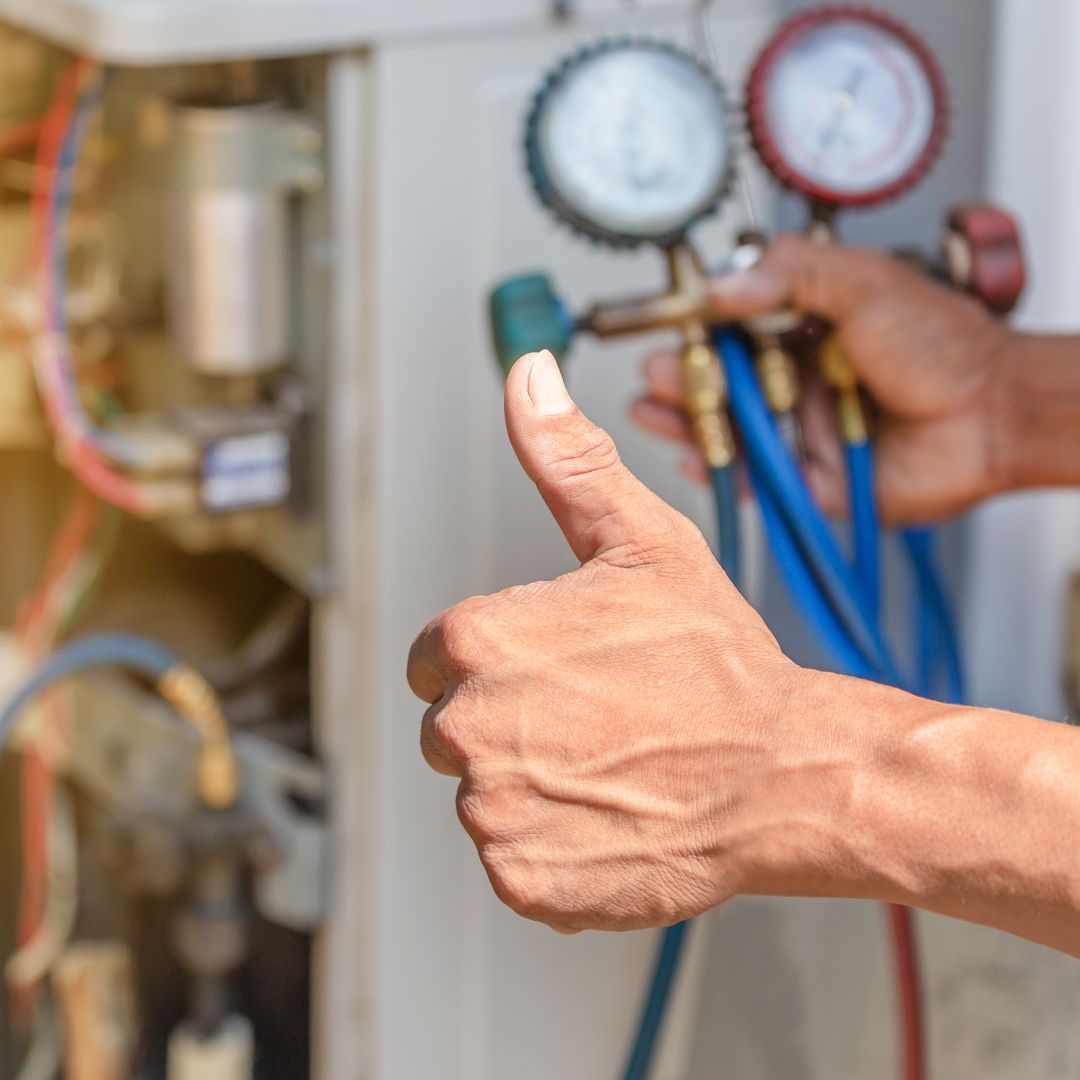
During the winter months, many parks and recreation agencies switch the focus to their facilities. The public takes advantage of community centers, recreation complexes, and gyms for their leisurely pursuits.
The maintenance department plays a key role in ensuring these facilities are safe, comfortable, and clean.
HVAC systems in the facilities need proper care to operate at peak efficiency and exceed lifespan expectations.
Developing a preventive maintenance plan for HVAC systems ensures guests and staff will be comfortable. Routine tasks also catch minor issues before they lead to disruptive breakdowns that affect recreation programming.
This article reviews the importance of HVAC preventive maintenance and gives some guidelines to help you create an effective plan to keep your systems working reliably.
What is HVAC Preventive Maintenance?
Preventive maintenance is a focused series of tasks involving regular inspections, cleaning, and servicing to keep your HVAC assets in optimal condition and functionality.
Since HVAC systems vary based on the needs of recreation facilities, you want to consult the equipment manufacturer's guidelines for the foundation of a maintenance program. This article also gives some general guidelines to help you get started.
Benefits of an HVAC Preventive Maintenace Program
The key benefit of inspecting and serving HVAC units is that systems remain operational, keeping everyone comfortable and programming as scheduled.
A deeper dive into the benefits shows why an HVAC preventive plan is crucial to the operations of recreation facilities.
Benefits of inspecting and servicing HVAC systems include:
- Improved Air Quality: Regularly changing filters and cleaning HVAC components helps the air quality of your facilities. Reducing allergens and pollutants where many people gather indoors allows for a more comfortable, breathable environment.
- Consistent Performance: Well-maintained HVAC systems deliver reliable performance, giving occupants a positive experience.
- Optimized Comfort: By fine-tuning temperature and humidity controls, you can ensure all the HVAC components contribute to a pleasant environment.
- Cost Savings: Regular maintenance helps reduce energy consumption and major repair costs. The longer systems operate efficiently, the better their return on investment.
- Documentation and Accountability: A detailed maintenance activity log documents the system’s health and performance. Readily available records show a commitment to safety that can be used with any warranty or compliance with regulations issues.
Getting Started: Taking Inventory of Your Facility HVAC Systems
Before setting up your HVAC maintenance plan, take inventory of your systems and what areas of the facility they heat and cool.
Your HVAC inventory should include:
- Model number
- Serial number
- Location
- Areas they provide climate control
- Year installed
- Expected lifespan
- Installation Cost
- Special Instructions
Devote a space--either digital or otherwise--with this information for each of your units. Attach any manuals or other documentation related to the unit.

What to Include in a Recreation Facility HVAC Maintenance Plan
Here are some general guidelines to start planning your HVAC maintenance. Be sure to consult your manufacturer's guidelines or a professional HVAC technician as you complete your plan. Some systems require more specialized tasks. Others may need more or less frequent checks.
Monthly Tasks
Here are some routine tasks to schedule each month:
- Check and replace air filters if dirty to ensure proper airflow and ventilation.
- Calibrate and check thermostat settings for accurate temperature control.
- Inspect belts and pulleys for wear and tear. Tighten or replace loose or damaged belts.
Quarterly Tasks
Here are some HVAC maintenance tasks to do every three months:
- Inspect ductwork for leaks or damage. Seal any gaps as needed.
- Inspect and clean evaporator and condenser coils. Be sure they are free of dirt and debris.
- Check and clear condensate drain lines to ensure proper drainage.
- Check and adjust refrigerant levels and look for signs of leaks.
Semi-Annual Tasks
Here is some HVAC routine maintenance to do twice a year:
- Inspect and clean fan blades. Ensure proper balance and alignment.
- Check motor lubrication and lubricate bearings if needed.
- Check safety devices for proper functioning.
- Inspect and clean the heat exchanger surfaces. Check for cracks or corrosion.
Annual Tasks
Plan on doing these things once a year:
- Schedule an annual inspection by a qualified HVAC technician.
- Calibrate thermostats, sensors, and controls for accurate temperature and humidity control.
- Check electrical connections and components and inspect for signs of wear or damage.
- Perform system performance tests to verify heating and cooling capacity.
Documenting Your Maintenance
Once each inspection or task is complete, be sure to document it. Documentation will help if you experience any issues with warranties or health and safety concerns. Ideally, you want your inventory and maintenance records in the same place.
More parks and recreation agencies are choosing computerized maintenance management software (CMMS) to help inventory and schedule preventative maintenance for their assets, like HVAC systems.
Having all the necessary information in one place and automatically generating preventative maintenance tasks helps teams operate more efficiently. There’s less chance of an overlooked issue or missed inspection. Software can also create reports that will help you track costs for parts and labor and determine replacement costs.
Basically, a CMMS gives you a tool to help your HVAC systems run better, longer, and more efficiently.
